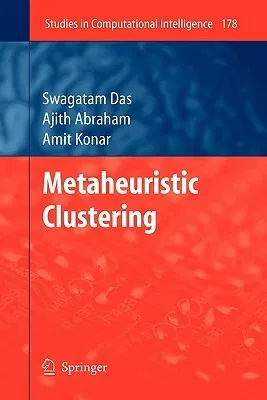Cluster analysis means the organization of an unlabeled collection of
objects or patterns into separate groups based on their similarity. The
task of computerized data clustering has been approached from diverse
domains of knowledge like graph theory, multivariate analysis, neural
networks, fuzzy set theory, and so on. Clustering is often described as
an unsupervised learning method but most of the traditional algorithms
require a prior specification of the number of clusters in the data for
guiding the partitioning process, thus making it not completely
unsupervised. Modern data mining tools that predict future trends and
behaviors for allowing businesses to make proactive and knowledge-driven
decisions, demand fast and fully automatic clustering of very large
datasets with minimal or no user intervention.
In this volume, we formulate clustering as an optimization problem,
where the best partitioning of a given dataset is achieved by
minimizing/maximizing one (single-objective clustering) or more
(multi-objective clustering) objective functions. Using several real
world applications, we illustrate the performance of several
metaheuristics, particularly the Differential Evolution algorithm when
applied to both single and multi-objective clustering problems, where
the number of clusters is not known beforehand and must be determined on
the run. This volume comprises of 7 chapters including an introductory
chapter giving the fundamental definitions and the last Chapter provides
some important research challenges.
Academics, scientists as well as engineers engaged in research,
development and application of optimization techniques and data mining
will find the comprehensive coverage of this book invaluable.


